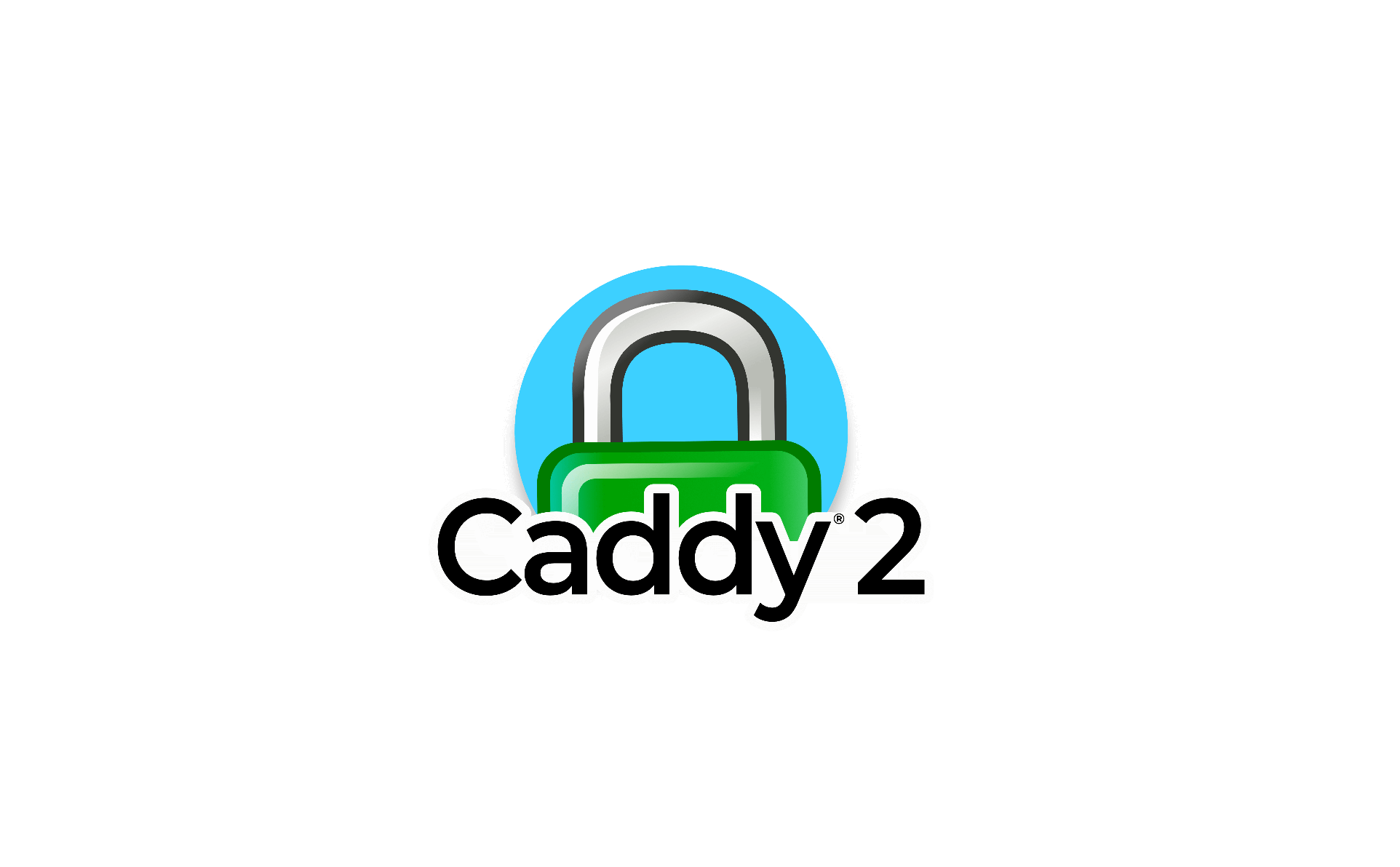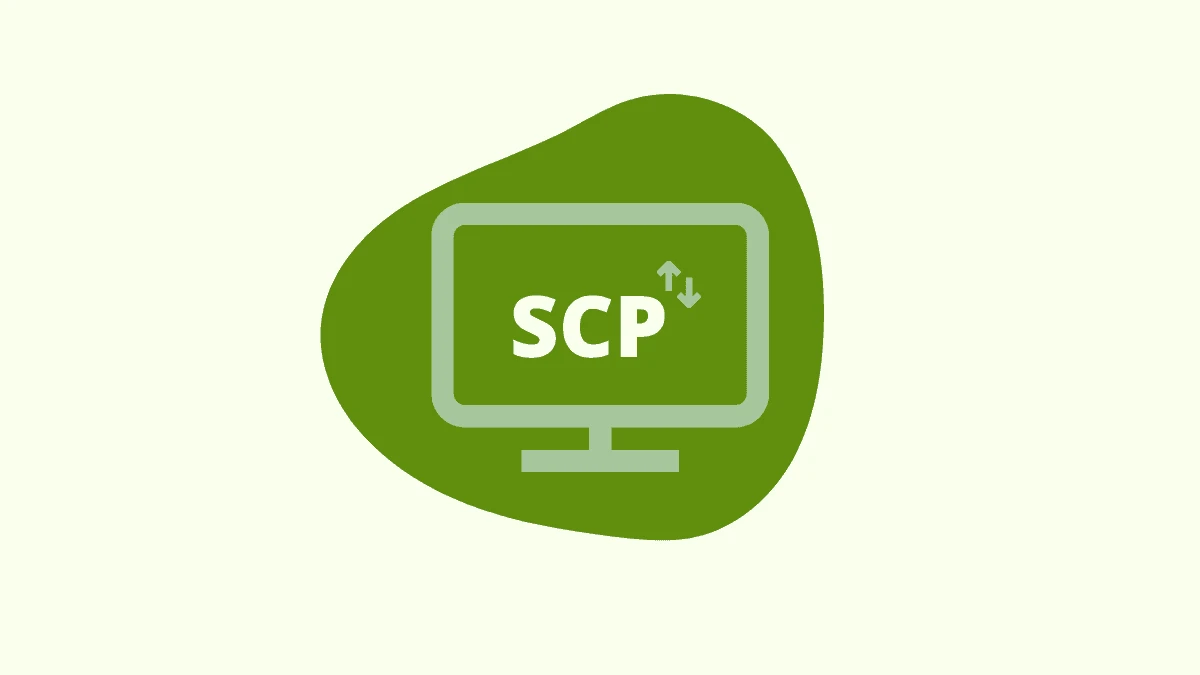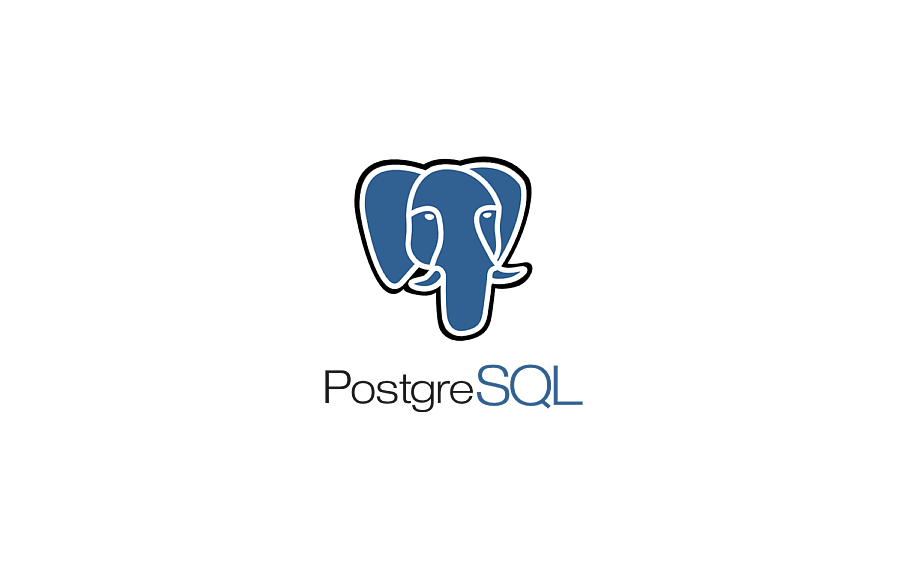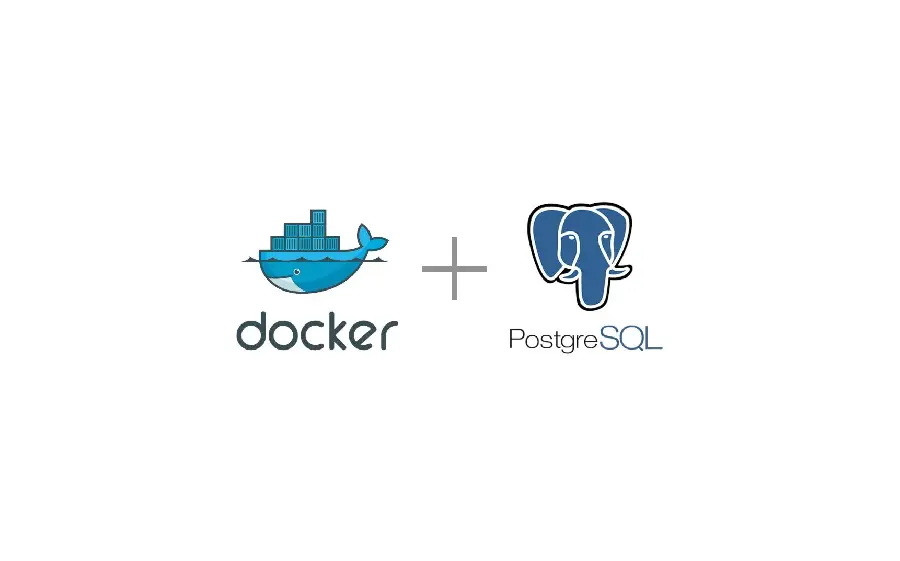· Tutorials · 7 min read
SetUp Caddy Web Server with Docker

Caddy is a web server written in Go that is designed to be easy to use and configure. It has a number of features that make it an attractive choice for those looking to host their own websites, including automatic HTTPS, virtual hosting, and a simple configuration syntax.
One of the easiest ways to use Caddy is with Docker. Docker is a containerization platform that makes it easy to run and manage applications in a consistent environment. This allows you to run Caddy on any system that supports Docker, without worrying about dependencies or system-specific configurations.
To get started, you will need to have Docker installed on your system. Once you have Docker installed, you can pull the latest version of the Caddy Docker image from the Docker Hub:
docker pull caddyNext, you can create a new Docker container using the Caddy image. This can be done with the docker run command, like this:
docker run -d -p 80:80 -p 443:443 caddyThis command will create a new Docker container using the Caddy image and start it in the background. The -p flag is used to map the container’s port 80 and 443 to the host machine, so that you can access the Caddy server from a web browser.
Once the container is running, you can access the Caddy web server by pointing your web browser to http://localhost or https://localhost. You should see the default Caddy welcome page, which indicates that your server is up and running.
Now that you have Caddy running in a Docker container, you can configure it to serve your own website. To do this, you will need to create a Caddyfile, which is a configuration file that specifies the rules for how Caddy should serve your website.
Here is an example Caddyfile that you can use to serve a simple static website:
localhost
root /var/www/html
file_serverThis Caddyfile tells Caddy to serve files from the /var/www/html directory on the local machine, and to use the file_server directive to handle requests.
To use this Caddyfile, you will need to mount the /var/www/html directory as a volume in your Docker container. You can do this by adding the -v flag to the docker run command, like this:
docker run -d -p 80:80 -p 443:443 -v /var/www/html:/var/www/html caddyThis will mount the /var/www/html directory from the host machine as a volume in the Docker container, so that Caddy can access and serve the files in that directory.
You can also pass the Caddyfile to the Docker container by using the -v flag to mount it as a volume, like this:
docker run -d -p 80:80 -p 443:443 -v /var/www/html:/var/www/html -v /path/to/Caddyfile:/etc/caddy/Caddyfile caddyThis will mount the Caddyfile from the host machine at /path/to/Caddyfile as a volume in the Docker container, so that Caddy can use it to configure how it serves your website.
With these steps, you should now have Caddy running in a Docker container and serving your own website. You can use the Caddyfile to configure how Caddy serves your website, and use the Docker -v flag to mount volumes and pass in additional configuration files and settings. By using Docker to run Caddy, you can easily manage and scale your web server, and deploy it to any system that supports Docker.
Yes, Caddy makes it easy to manage multiple virtual hosts on a single server. A virtual host is a way to host multiple websites on a single server, each with its own domain name and web content.
To set up virtual hosting with Caddy, you will need to add additional host directives to your Caddyfile. Here is an example Caddyfile that shows how to set up virtual hosting for two websites, example.com and example.org:
example.com
root /var/www/example.com
file_server
example.org
root /var/www/example.org
file_serverIn this example, the example.com host directive specifies that Caddy should serve files from the /var/www/example.com directory for requests to example.com. The example.org host directive does the same for requests to example.org.
You will also need to make sure that the domain names example.com and example.org are pointing to the IP address of your Caddy server. This can be done by updating the DNS records for your domains to point to the IP address of your Caddy server.
With these steps, Caddy will be able to serve different websites for requests to different domain names. You can add as many host directives as you need to support multiple virtual hosts on your Caddy server.
Caddy also has support for reverse proxying, which is a way to route incoming requests to different backend servers based on the request URL. This can be useful in a number of different scenarios, such as load balancing, serving multiple applications from a single domain, or providing an additional layer of security for your backend servers.
To configure Caddy to act as a reverse proxy, you will need to use the reverse_proxy directive in your Caddyfile. Here is an example Caddyfile that shows how to configure Caddy as a reverse proxy for two backend servers:
localhost
reverse_proxy /api1 http://backend1:8080
reverse_proxy /api2 http://backend2:8080In this example, the reverse_proxy directives specify that requests to http://localhost/api1 should be proxied to http://backend1:8080, and requests to http://localhost/api2 should be proxied to http://backend2:8080.
You can also configure Caddy to proxy websockets and handle HTTPS termination by adding additional flags to the reverse_proxy directive. For example:
localhost
reverse_proxy /api1 http://backend1:8080 {
websocket
transparent
}In this example, the websocket flag tells Caddy to proxy websocket connections, and the transparent flag enables HTTPS termination, so that the backend server can communicate with Caddy over a secure connection.
Using a reverse proxy can provide a number of benefits, including improved performance, security, and scalability for your web applications. It can also make it easier to manage and deploy your applications, by providing a single point of entry for incoming requests.
Yes, Caddy has built-in support for HTTP compression, which can reduce the size of the response payload and improve the performance of your website. HTTP compression is a technique that uses algorithms to compress the response data before sending it to the client, and the client decompresses the data before rendering it in the web browser.
To enable HTTP compression in Caddy, you will need to add the compress directive to your Caddyfile. Here is an example Caddyfile that shows how to enable compression for a simple static website:
localhost
root /var/www/html
file_server
encode zstd gzipIn this example, the encode directive is added at the end of the Caddyfile, which tells Caddy to compress the response payload for all requests using zstd or gzip.
Enabling HTTP compression can significantly improve the performance of your website, especially for large or complex pages. It can also reduce the amount of data that is transferred between the server and the client, which can save bandwidth and reduce hosting costs.
another way to use Caddy with Docker is by using Docker Compose, which is a tool for defining and running multi-container Docker applications. This can make it easier to manage and deploy multiple containers at the same time, and to configure the environment and dependencies for your Caddy server.
To use Caddy with Docker Compose, you will first need to create a docker-compose.yml file that defines your application’s containers, networks, and volumes. Here is an example docker-compose.yml file that shows how to set up Caddy with Docker Compose:
version: '3'
services:
caddy:
image: caddy
ports:
- '80:80'
- '443:443'
volumes:
- ./Caddyfile:/etc/caddy/Caddyfile
- ./www:/var/www/html
networks:
- caddy_network
networks:
caddy_network:
driver: hostThis docker-compose.yml file defines a caddy service that uses the caddy Docker image and exposes port 80 and 443. It also mounts the Caddyfile and www directory from the host machine as volumes in the container, and connects the container to a caddy_network network.
To use this docker-compose.yml file, you will need to have Docker Compose installed on your system. Once you have Docker Compose installed, you can use the docker-compose up command to start the caddy service, like this:
docker-compose upThis command will start the caddy service and any dependencies, such as the caddy_network network. Once the containers are running, you can access the Caddy server by pointing your web browser to http://localhost.
Using Docker Compose can make it easier to manage and deploy your Caddy server, and to define and run multiple containers at the same time. It can also provide a consistent and predictable environment for your web applications, and make it easier to configure and scale your Caddy server.



